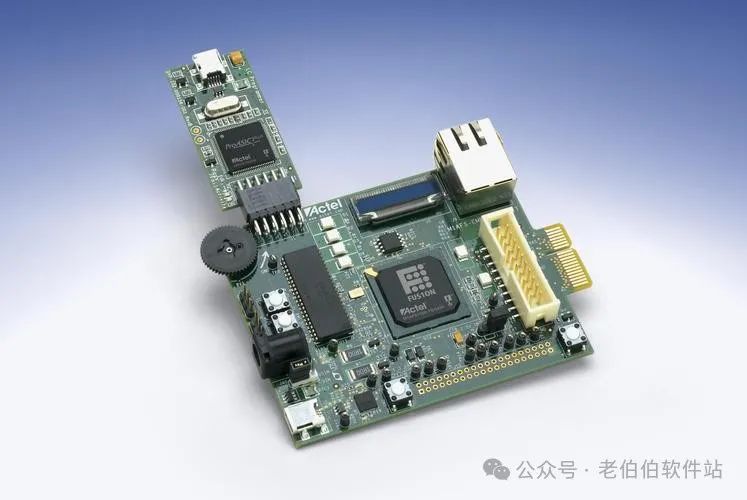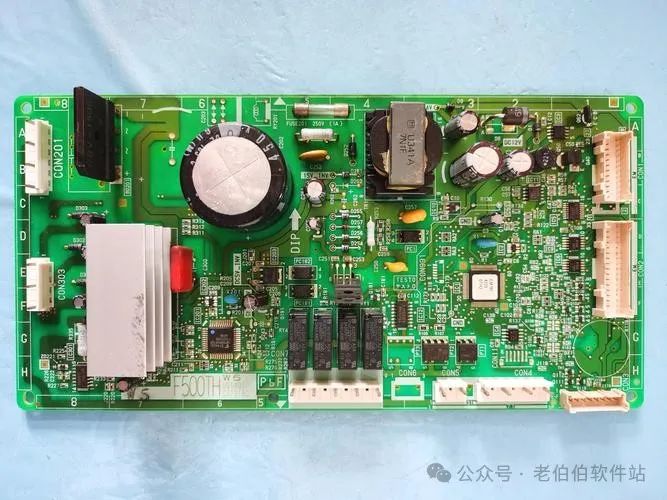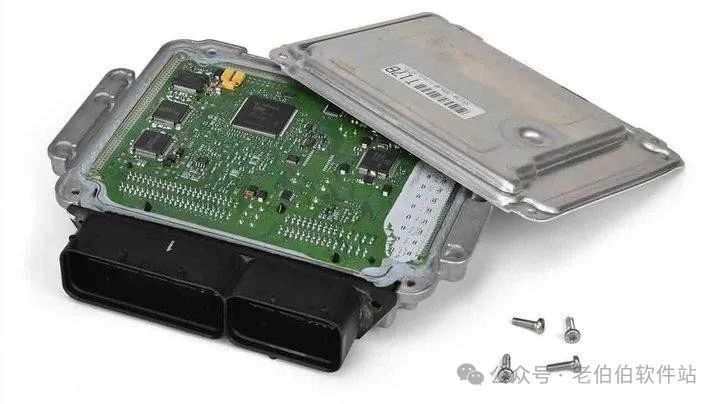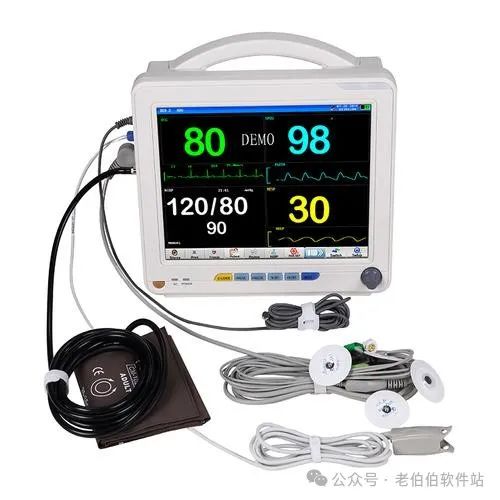Overview of Embedded Systems: The Brain of Smart Devices
Embedded systems are undoubtedly an indispensable part of modern technology, quietly operating in countless devices around us, from simple household appliances to complex spacecraft. This article will delve into the basic concepts and application scenarios of embedded systems, illustrating their importance in modern society with compelling data and real-world cases.

In short, an embedded system is a computer system designed to perform specific tasks, usually embedded within the machine it controls. Unlike general-purpose computer systems, embedded systems are carefully optimized and tailored in terms of functionality, computing power, and cost. Because these systems are often specialized, they can operate with very high efficiency and reliability.
Core Components of Embedded Systems
Processor (CPU/MCU)
The core of an embedded system is its processor, which can be a general-purpose Central Processing Unit (CPU) or a Microcontroller Unit (MCU). MCUs typically include integrated memory and peripheral interfaces, making them well-suited for space-constrained and power-sensitive applications.
Memory
Memory is divided into program storage space and data storage space, and most embedded systems also have some form of persistent storage, such as FLASH, to save firmware and necessary user data.
Input/Output Interfaces
Whether for sensor inputs or actuator outputs, I/O interfaces are key components of embedded systems, providing direct means of interaction with the outside world.
Software and Firmware
Software is the soul of embedded systems, including operating systems and applications. Many embedded systems run lightweight or real-time operating systems, such as FreeRTOS or VRTX.
Application Scenarios of Embedded Systems
Embedded systems are ubiquitous, from our home environments to industrial production lines and high-tech aerospace fields. Here are some specific examples:
Consumer Electronics
Smartphones, smartwatches, tablets, and other devices contain embedded systems that enable them to handle complex tasks, such as running applications and processing multimedia content.
Home Appliances
Modern home appliances, such as washing machines, microwaves, and refrigerators, are controlled by embedded systems that manage temperature, time, and other settings, enhancing the intelligence of the devices.

Automobiles
The Electronic Control Units (ECUs) in cars are collections of multiple embedded systems that control various systems such as ABS, air conditioning, and airbags, providing assistance for driving.

Industry and Automation
In manufacturing, embedded systems can be used for robot control, process monitoring, and quality inspection. These systems improve production efficiency and quality control levels.
Communication
Wireless routers, switches, and base stations are essentially composed of high-performance embedded systems that must ensure extremely high reliability while processing billions of data packets.
Medical Devices
From portable ECG monitors to complex MRI scanners, medical devices rely on embedded systems for precise data collection, processing, and display.

Challenges in Embedded System Design
When designing embedded systems, many factors need to be considered, some technical, such as processing power, energy consumption, size, and cost considerations, while others relate to the reliability and efficiency of functional implementation. For example, the design of medical devices must comply with strict safety standards, while automotive ECUs must operate reliably in extreme environments. Additionally, with the rise of Internet of Things (IoT) technology, embedded systems increasingly need to support network connectivity and remote control functions. This requires designers to have a solid hardware foundation as well as adequate knowledge of software and network security.
Below is a typical design process for an embedded system:
-
1. Requirement Analysis: Identify the functions the system needs to implement
-
2. System Design: Select appropriate processors, memory size, I/O interfaces, etc.
-
3. Hardware Implementation: Build the circuit board based on the design
-
4. Software Development: Write firmware, drivers, and application programs
-
5. System Integration: Ensure the hardware and software work together
-
6. Testing and Debugging: Ensure the reliability and stability of the device through system testing
Sample Code
// A simple embedded system LED blinking program#include <stdio.h> // Assuming a function to control LED is definedextern void toggleLED(int pin);int main() { const int ledPin = 10; // GPIO pin connected to the LED while (1) { toggleLED(ledPin); // Toggle the LED state sleep(1000); // Delay for 1 second } return 0;}In the example above, we continuously toggle the state of the LED connected to the GPIO pin through an infinite loop, delaying one second after each toggle. This is one of the most basic embedded system examples, demonstrating how to control hardware with a simple program.
Conclusion
Embedded systems have become an indispensable part of human society, continuing to influence how we live and work. Understanding their basic concepts and application scenarios is crucial for grasping modern technology.
If you enjoy my content, please like and follow, and see you next time!